September 8th, 2025
Posted by Tim Gray
The $4 Trillion Signal: What Overspending Reveals About Innovation Gaps in U.S. Healthcare
Why does a country that spends more on healthcare than any of its peers still
underdeliver for patients? In 2023, the United States spent $13,432 per person on healthcare,
nearly double the average among other wealthy nations1.
The gap has widened since the 1980s, when U.S. costs began rising faster than GDP and
diverged sharply from peer economies1. Yet outcomes have not improved: life expectancy still lags, preventable deaths remain high, and the system remains tilted toward late-stage intervention and hospital care.
Inefficiencies as a Signal
Waste shows where the system breaks, and where new models can take hold.
In recent years, peer countries have increased their spending on preventive care relative to the
U.S., alongside steady growth in outpatient services.
By contrast, U.S. spending remains heavily concentrated in hospital and physician care, reinforcing a reactive model that drives
costs higher while overall outcomes continue to lag behind peers 1.
The pandemic made this divergence even clearer. While others invested steadily in public health and primary care, U.S. costs
spiked in 2020 and never came down. That persistence points to a deeper structural inefficiency.
Overspending isn't just waste, it's a roadmap. It shows where innovation can take hold and where clinicians already know change is overdue. Diagnostics, care delivery, and remote patient monitoring all point to the same truth: earlier, lower-cost interventions can chip away at the system's most expensive failures. For chronic conditions like diabetes and CHF, RPM gives physicians real-time visibility, reduces unnecessary admissions, and enables earlier,
lower-cost intervention2.
Hospital admissions accounted for nearly a third of U.S. health spending in 2023, yet many could be avoided with outpatient or home-based care. Startups in remote monitoring, home health, and outpatient specialty care are scaling into this gap. Digital health platforms that reduce friction between payers, providers, and patients are also emerging. Integration is hard in a fragmented market but highly valuable once adopted.
Physicians Know Where the Waste Is
In 2023, the U.S. spent 16.7% of GDP on health compared to 11.2% in peer nations1.
The dollars are already in the system but too often misdirected. For entrepreneurs, the challenge is not persuading stakeholders to spend more, but to redirect existing spend toward efficiency and outcomes. Physicians live this reality every day: unnecessary tests, preventable admissions, and billing complexity that drains time and resources. Their expertise provides the ground truth on which startups are clinically viable and where adoption barriers lie. Those dollars and inefficiencies make the U.S. healthcare system a persistent target for disruption, and physician capital is uniquely positioned to guide which innovations will succeed.
A System Built to Overspend
These inefficiencies aren't going away, but they aren't untouchable either. For physicians who want to help drive change,
PhyCap offers a path forward. Our fund brings physicians into the innovation table, not as passengers,
but as decision-makers. If you're interested in learning more,
we're happy to connect.
1 Health System Tracker (KFF).
How does
health spending in the U.S. compare to other countries? April 2025.
2
Prevounce. Benefits of Remote Patient Monitoring for the U.S. Healthcare System. Updated October 2024.
3
KFF. Key Facts About Hospitals. Updated February 2025.




